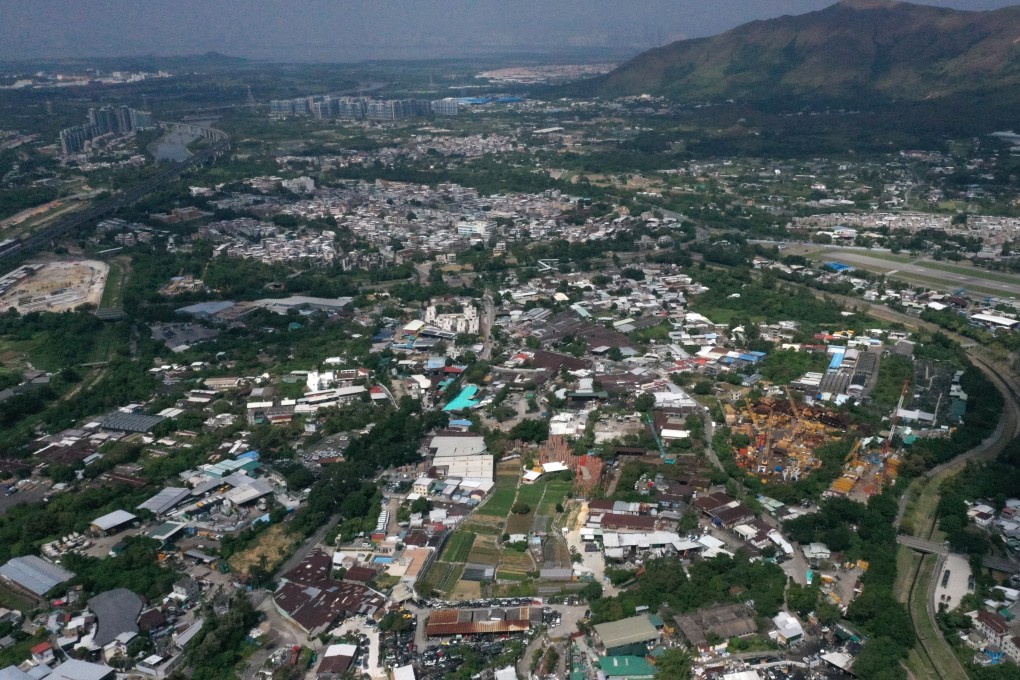Concrete Analysis | Here’s how transferable development rights outweigh Lantau reclamation plan in ending Hong Kong housing crisis
- A stalemate in process to convert land to high-density residential uses has cost Hong Kong dearly, with most struggling to purchase a decent home
- Transferable development rights or TDRs can end dickering between land owners and developers and resolve the city’s housing crisis

In particular, Hong Kong contains 1,414 hectares (3,494 acres) of brownfield sites and another 1,200 hectares of country development land reserved for indigenous villagers of the New Territories that is all suitable for high-density residential construction.
Why reclaim new land at such high cost when existing land is just sitting there ready for new construction? The problem is the absence of an efficient bargaining process, by which low-value uses can be converted into uses that everyone would value much more highly.
For decades, developers, indigenous villagers, and the government have been locked in endless dickering over how to divide the gains from converting land, with the result that nothing gets done while everyone endlessly haggle to increase their share of the gains from conversion.


